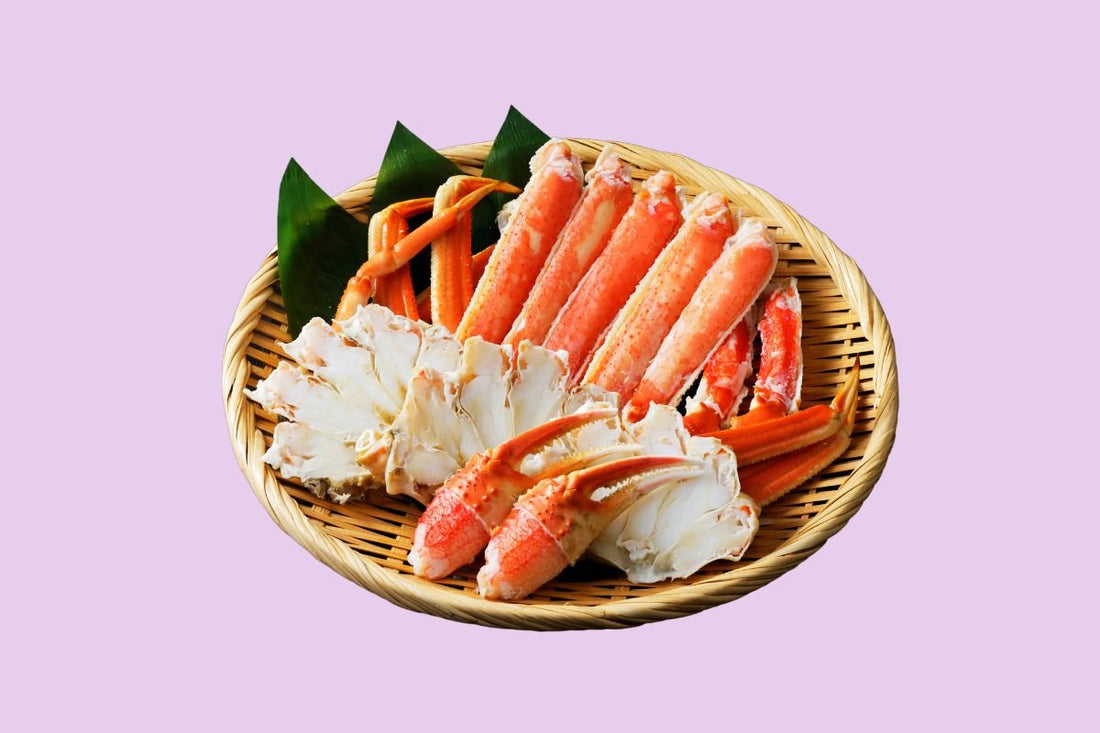
The Essential Guide to Opilio “Snow Crab” (Queen Crab
Share
Ultimate Guide to Queen Crab (Opilio)
Welcome to your complete guide to Queen Crab, also known as opilio or "opies." These delicate crustaceans offer sweet, succulent meat and are perfect for various culinary applications.
Origin: Canada and United States
Size: 5-8 crabs per pound
Season: January to May
Taste: Sweet and succulent
Preparation Guide
Thawing Methods
Refrigerator (Recommended):
- Place on tray
- Thaw 8-12 hours
- Best for texture preservation
Cold Water Method:
- Sealed bag submersion
- Change water every 30 minutes
- Ready in 1-2 hours
Storage Guidelines
- Freezer: 0°F (-18°C), up to 3 months
- Refrigerator: 32-38°F (0-3°C), up to 3 days
- Important: Don't refreeze after thawing
Culinary Applications
Seafood Boils
Traditional preparation with corn and potatoes
Crab Legs
Steamed or boiled with butter
Salads
Cold preparations with mayo
Crab Cakes
Mixed with breadcrumbs and spices
Snow Crab vs King Crab
- Size: Smaller than king crab
- Flavor: Milder, more delicate
- Shell: Softer, easier to crack
- Price: More affordable option
Fun Facts
- Also known as "queen crab"
- Only males are harvested
- Shells are easier to crack than king crab
Perfect Pairings
- Garlic Butter
- Lemon Wedges
- Corn on the Cob
- Coleslaw
- Steamed Vegetables
- Garlic Bread
- Potato Salad
